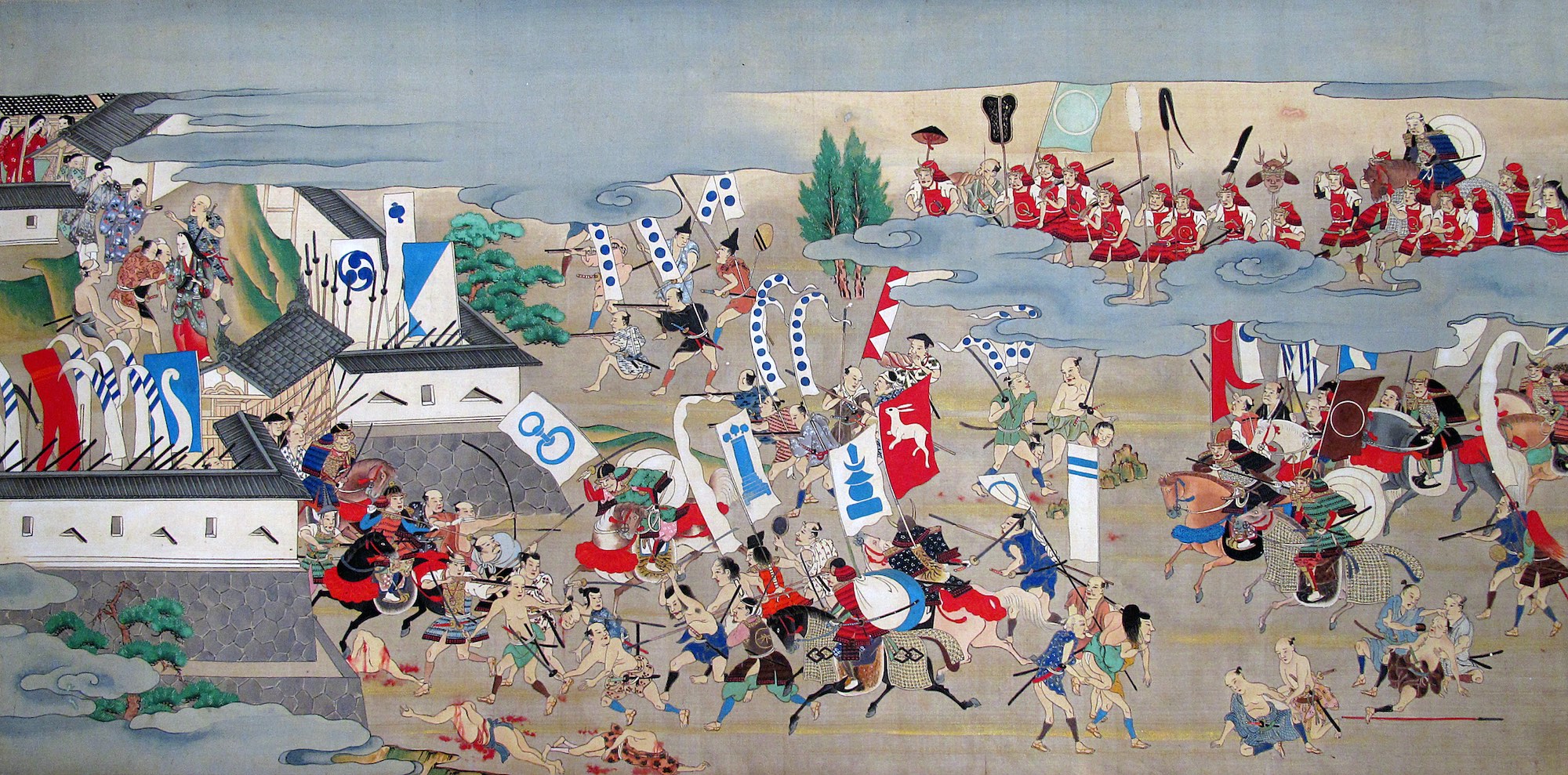
 |
|
|
|
|
#1 | ||
|
Member
Join Date: Apr 2007
Location: Nothern Mexico
Posts: 458
|
Quote:
Quote:
Thank you for the link, Iīm downloading. Regards |
||
|
|

|
|
|
#2 | ||
|
Member
Join Date: Mar 2012
Posts: 422
|
Quote:
Smaller is easier on horseback, but note that the bow survived for so long in the Qing army as a cavalry weapon. After pike and musket became the dominant infantry weapons, the bow remained in use by the cavalry for another 200 years. If they'd adopted the pistol as a standard cavalry weapon, the bow might have been abandoned. The Japanese managed with an even longer bow! (Modern yumi usually vary from 2.2m to 2.5m.) Quote:
|
||
|
|

|
|
|
#3 |
|
Member
Join Date: Apr 2007
Location: Nothern Mexico
Posts: 458
|
Thank you, Timo.
At what moment and where began those sabers be carried edge-up? In the Golden Horde they were carried edge-up, as I understand. The Russians adopted this sytsem, as also the oriental style of sabers. The Japanese carried the nihonto edge-up in the sash, but edge-down with armour. Regards |
|
|

|
|
|
#4 |
|
Member
Join Date: Mar 2012
Posts: 422
|
The oldest Central Asian scabbards for curved sabres I've seen that look designed for wear through a waist sash (and therefore at least potentially edge-up) are 18th century. However, scabbards don't survive as well as swords, and the practice might be older. I've seen older Tibetan scabbards (for straight swords) that look like they're made for wear through a waist sash, edge up (maybe 17th century?).
The oldest scabbards I've seen for wear edge-up hung-from-belt are 19th century (shashka scabbards, all of them). AFAIK, uchigatana mounts (Japanese sword mounts for edge-up waist-sash wear) appear in the 15th century, and become common in the 16th century. This was driven by the growth of infantry as armies got larger. The uchigatana/katana is an infantry sword, and the tachi is a cavalry sword. Can you point to any art showing Golden Horde swords being worn edge-up? |
|
|

|
|
|
#5 |
|
Member
Join Date: Apr 2007
Location: Nothern Mexico
Posts: 458
|
Hi Timo,
It seems that Iīm wrong. I have been checking Tatar sabres with scabbards, and all them seem to be carried edge-down. I thought the tachi was not used anymore in the 16th Century, except for few exceptions. Regards Last edited by Gonzalo G; 31st July 2017 at 04:57 AM. |
|
|

|
|
|
#6 |
|
Member
Join Date: Mar 2012
Posts: 422
|
The tachi was still in use as a cavalry sword. For example, in this picture of the Siege of Osaka Castle, 1615:
 the cavalry wear tachi, while most infantry wear a katana (some armoured infantry wear tachi, too, like the musketeer near the gate at the bottom left, and the archer at the bottom extreme right). As late as the Satsuma Rebellion, art still shows traditionally-equipped armoured cavalry wearing tachi (and modernised cavalry with Western sabres, modernised infantry with katana worn in baldrics, unarmoured samurai women fighting on horseback with katana - lots of variety). |
|
|

|
|
|
#7 |
|
Member
Join Date: Apr 2007
Location: Nothern Mexico
Posts: 458
|
Thank you, Timo. Very instructive.
Regards |
|
|

|
|
|
#8 | |
|
Member
Join Date: Jun 2012
Location: USA
Posts: 1,492
|
Quote:
There were true tachi, which are swords made during a certain period of time and with certain identifiable traits. There were swords that were not true tachi which were mounted in a tachi koshirae. There were swords that were not true tachi and were not mounted in a tachi koshirae but were still worn in the manner of a tachi. There were swords made at a later date than true tachi which were made to look like true tachi. |
|
|
|

|
 |
|
|